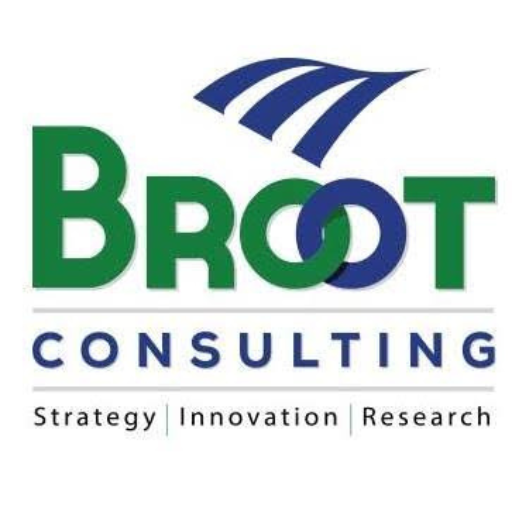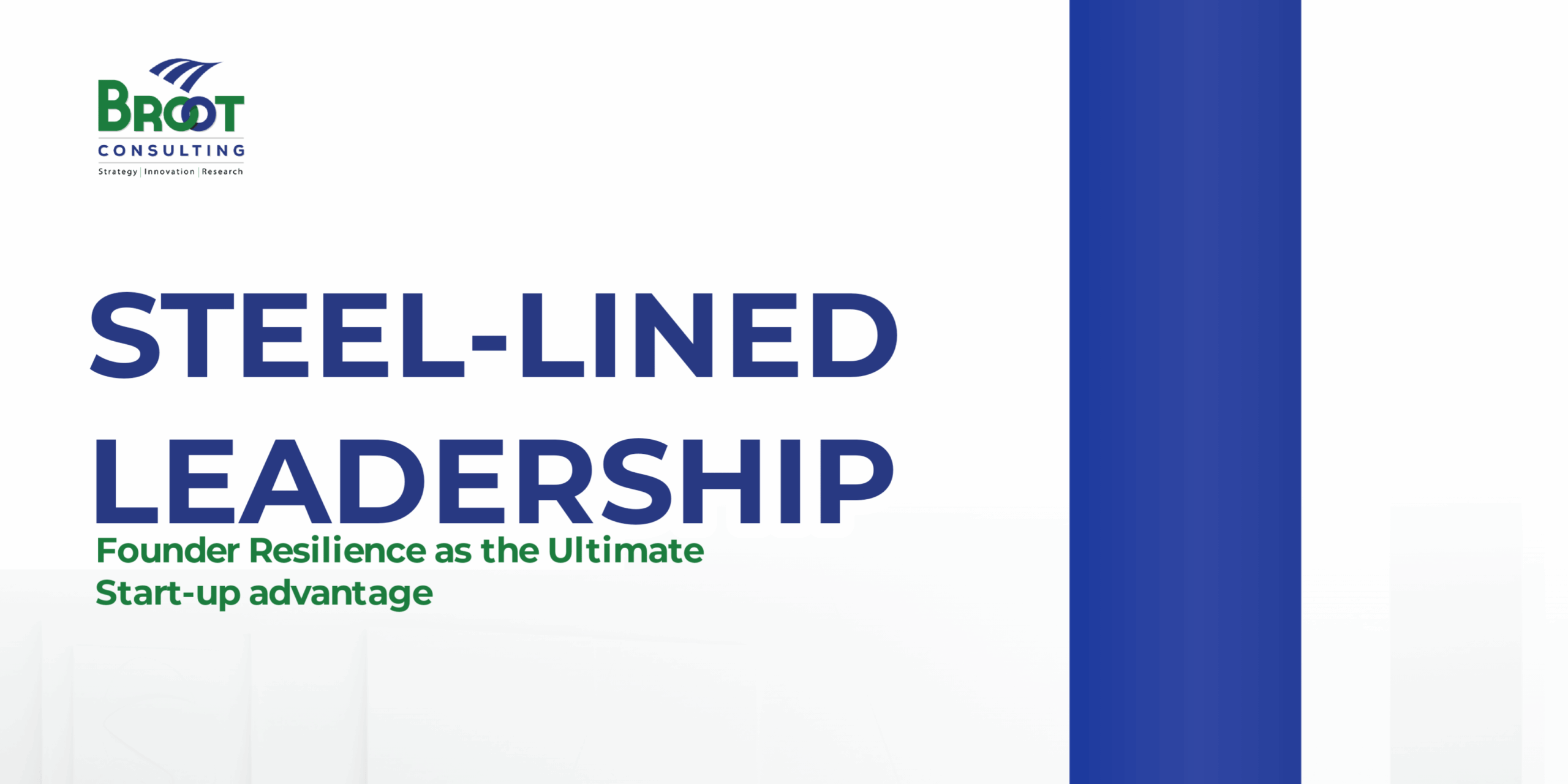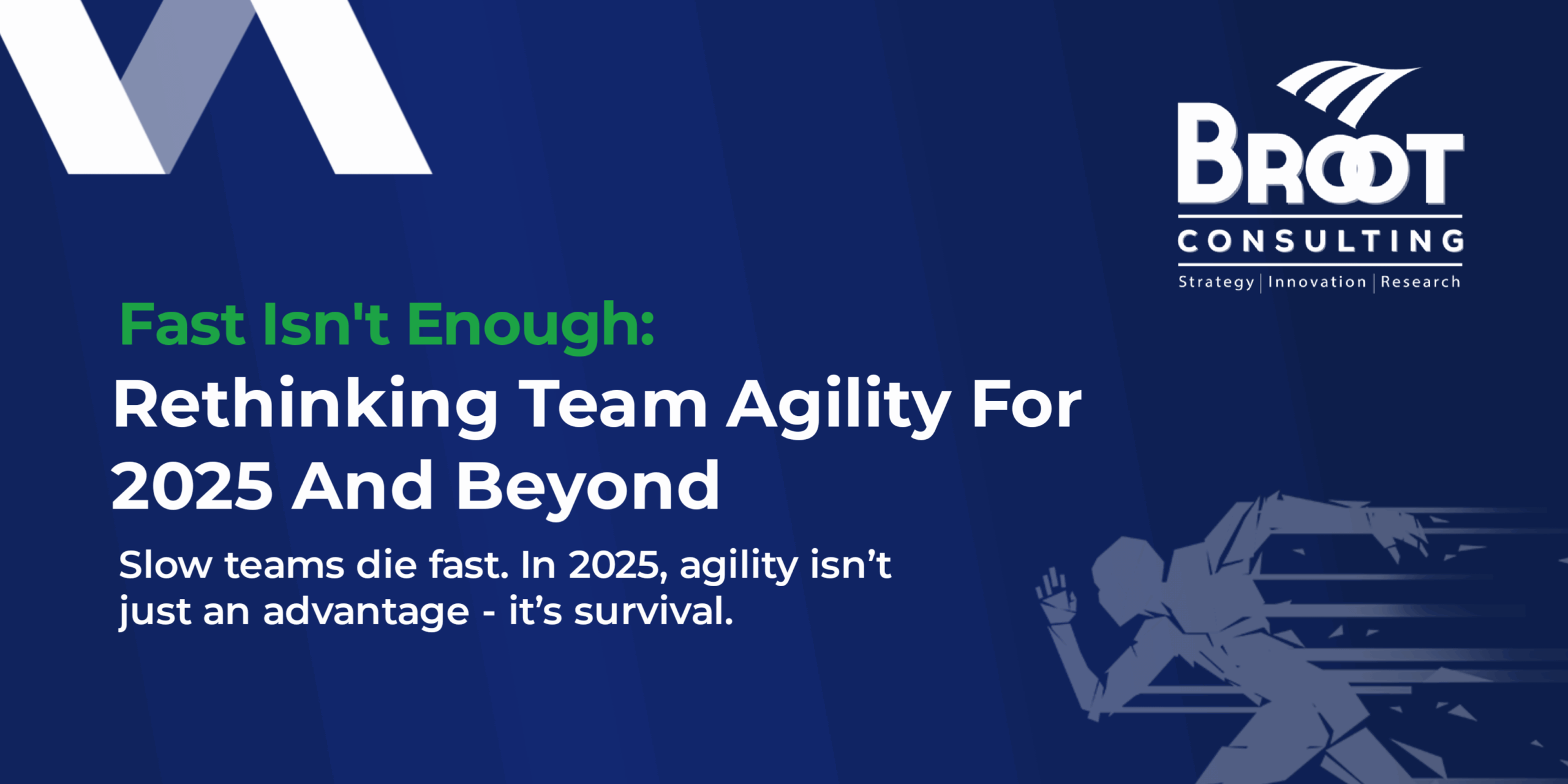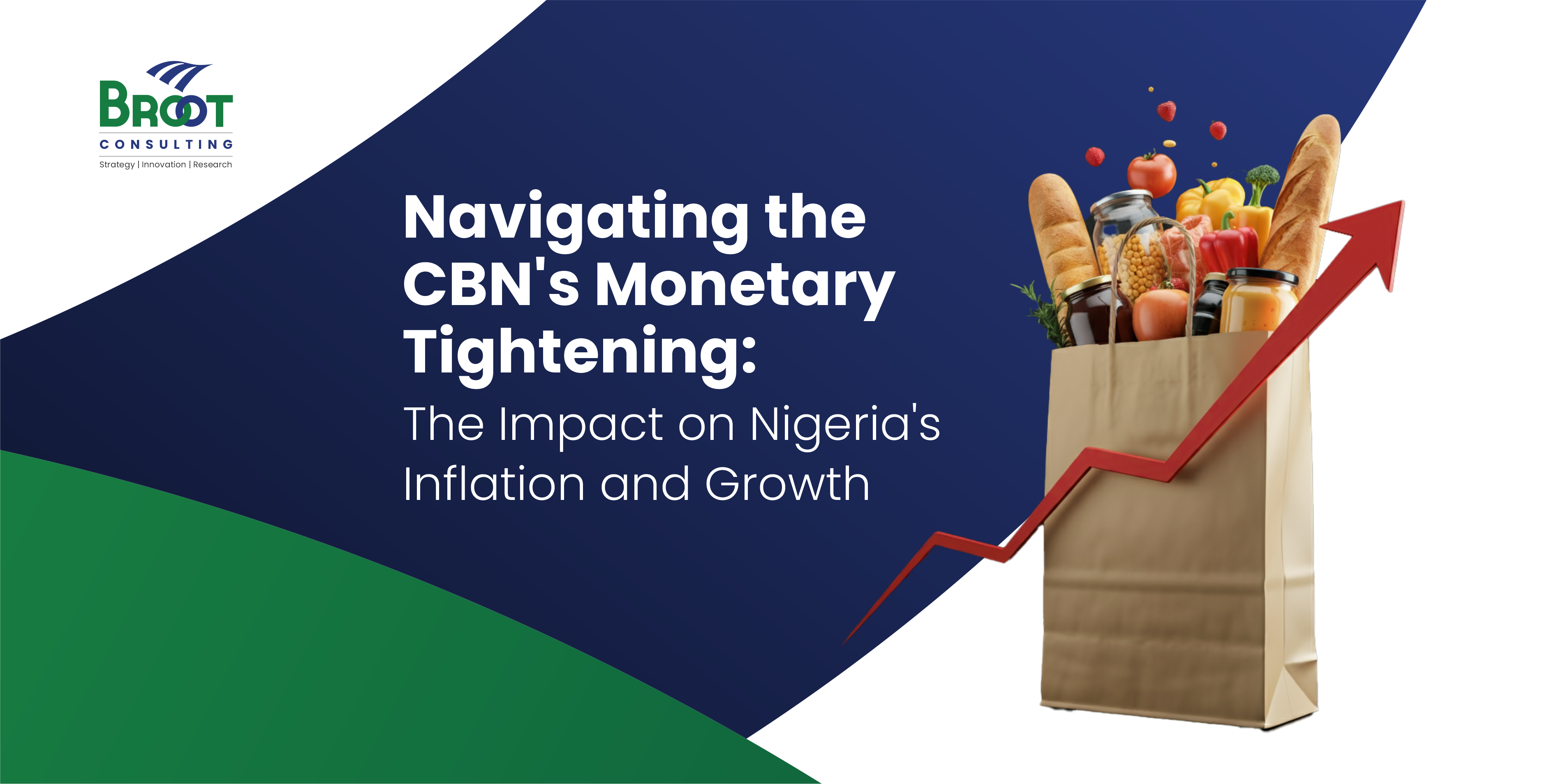The best men are not those who have waited for chances but who have taken them; besieged chance, conquered the change, and made chance the servitor.
E.H. Chapin
One thing we can’t do without in life is encountering challenges, obstacles or setbacks. Although these inevitable processes of our development are unavoidable, we can, however, choose how we respond to them. For some individuals, this obstacle is their age. They are either too young or too old to start an endeavour. For others, it could be the lack of resources, the absence of sponsors, the fear of rejections, the lack of sophisticated academic degrees or poor health. It is also the same story for organisations. The challenges could be the lack of adequate resources to begin a project, poor working capital, government interventions or regulation, threats from competitors, technological disruptions, difficult and disloyal employees or greedy investors.
The things that hold us back from achieving our goals and dreams are endless, however, it is not these obstacles that are important, rather it is our mindset and attitude towards them that determines what we eventually get out of life. Without problems, there can never be meaningful developments, the zeal to innovate will also be nonexistent. When you are faced with obstacles, perhaps you need a letter to self as done by Marcus Aurelius a Roman emperor who reigned from March 08, 161 CE to 17 March 180CE. He was the last of the rulers traditionally known as the Five Good Emperors. In his words:
Our action may be impeded… but there can be no impeding of our intentions or disposition because we can accommodate and adapt. The mind adapts and converts to its own purposes the obstacles to our acting… The impediments to actions advance action. What stands in the way becomes the way.
Marcus Aurelius was a man that has seen more than a fair share of adversities: ravaging war, treason from a close confidant, epidemic, betrayals, economic crisis, incompetent subordinates, horrific plagues that ravaged the land and lots more. Aurelius saw these humongous challenges as an opportunity to develop patience, courage, humility, resourcefulness, reason, justice and creativity. Little wonder he was known as one of the five good emperors.
The Prospect and the Problem
In 1941 a Swiss Civil-engineer George de Mestral went on a hike with his dog in the Alps. On their return from the hiking trip, both he and his dog were covered with burrs. At first, de Mestral was annoyed about being covered by the burrs and also the time he had to spend removing the burrs one after the other from his clothes and the fur of his dog. He continued removing the burrs when he suddenly decided to understand what made the burrs stuck so strong in the way they attach themselves to the item of clothing. He examined the burrs under the microscope and saw the small hooks that burrowed into the tiny loops of cloth. This discovery led to his invention of Velcro in 1955 and by 1959, he was selling about 60 million yards of Velcro annually. As of 2018, the global market of Velcro had hit USD$2.061 billion.
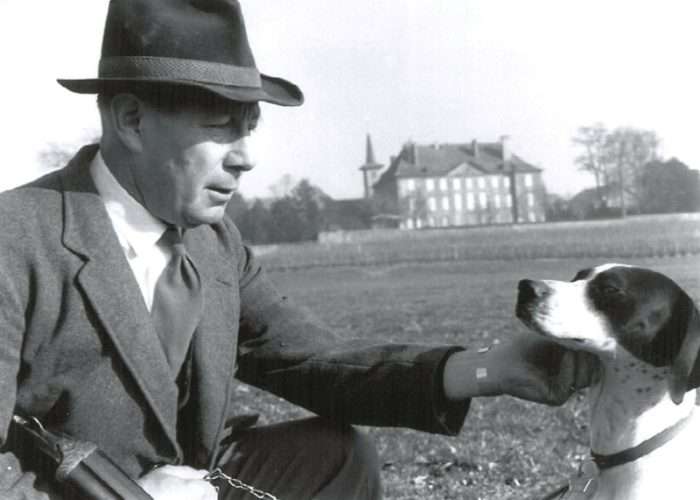

How do you perceive problems when they show up? Do you see problems as opportunities for discovery, renewal and transformation or does it make you perceive the world from the lens of “gloom and doom”? Do problems enable your negative vibes that causes fear, despair, powerlessness? To convert obstacle to opportunities in your organisation or personal life you need to at least do the following:
- Change your Orientation and Do Something about the Problem: Burrs, like any problem, are very annoying. There is no other way to describe a situation when you are covered up in burrs – it is irritating. How often do you complain about annoying problems? Are you irritated by that inconsiderate boss, frustrated by an underperforming team or are you worried by visionless leadership, poorly performing systems or consistently failing strategies? That was exactly how George de Mestral felt before he discovered how to turn the problem of the annoying burrs into something of great value. Everyone experiences these problems in life, what distinguishes innovators from every other person is that innovators have learnt to see opportunities in every problem. Unless organisation leadership and workforce changes their orientation of swearing and cursing their problems, they can never come up with authentic solutions that will take them to the next level.
- Explore other options: Sometimes we arrive at solutions that do not solve the problem for which it was initiated. At this moment do you get frustrated and thrash that sub-optimal solution because it did not fit your designed outcome or do you pause a little and see if it could be useful for something never-before-imagined? Do you know the story behind the popular Post-it note (sticky note)? In 1968, Dr Spencer Silver, a scientist with 3M corporations in the USA, set out to develop a super-strong adhesive, however, the outcome of the experiment was “just” a low tack, reusable, pressure-sensitive adhesive. The glue was considered a failed product by the existing standard then. For 5 years, Silver promoted this solution, but he did not gain acceptance until Arthur Fry came up with the idea of using the adhesive to anchor his bookmark in his hymnbook and turn the disadvantage of the adhesive into an advantage. Arthur believed the invention could be used on an application that does not require strong fastening. He used it on the edge of a paper and used the paper to write to his boss. Today “Post-it” is a global brand needed for everyday use, especially for ideating processes.
- Reframe the Problem, Change your Perspectives: No one is responsible for the picture you see and the interpretation you give. If you have the mentality of always seeing problems as roadblocks, it will be difficult for you to perceive problems as stepping stones required to achieve your vision. To think differently, you may need to reframe your questions. When you are confronted with complex problems, remember that the process cannot be linear, it calls for iteration. First, define the problems and organize them into themes, then take another look at each component of the matter. Identify the areas that are interconnected and those that are not, keep looking from different angles until you see something else.
- Focus on the Big Picture: We get easily discouraged when we focus on the problem rather than looking at the various distractions that come in the form of problems. Chris Burke was an American Down syndrome advocate who refused to let Down Syndrome determine the cause of his life. He had a motto on his bedroom wall: “Obstacles are what you see when you take your eye off the goal. Giving up is not my style, I just want to do something worthwhile.” When problems and challenges present themselves, take time to look at opportunities inside them, after all, you won’t get the coconut juice except you first crack its shell.
- Fail Fast and keep moving: Failure is an essential ingredient in development. No child walks right on the first step without falling and when that child falls, he or she doesn’t deter, they try again and again until the technique of walking is mastered. It is the same thing with innovation and problem solving, fail fast, never be afraid to fail often. All you have to do is learn your lessons, avoid repeating the mistake and just keep moving because the destination is closer than we imagine most times.
- Be Flexible and Remember that Solutions may Come from Unusual Places: Don’t get fixated with an idea or process, be flexible in your pursuit of finding a solution to a problem. Collaborate with others even when they are not directly taken in your field. Seek their opinion, generate quantities of insights from those you interact with. Remember in the multitude of people there is wisdom, therefore forge a connection that creates strong value, meanings and eventually the solutions will surface.
Conclusion
One of the most important mindsets that you need to develop to turn problems into opportunities is to Think Progress, not Perfection. A major incentive to perennial living in the problem space without coming up with a solution is to get fixed in the perfection mode. What is important in overcoming challenges is to make progress, ensure quick wins and avoid stagnation. When you hold on to “perfection” you are gradually building a castle of frustration and failure. Surround yourself with the right people: nothing kills problem-solving than being constantly in the midst of the wrong crowd, the naysayers. ‘Magic’ happens when you surround yourself with the right people. Those who could make meaningful contributions and give useful insight. These are the ones who give their commitment, resources and encouragement. We all need them in our quest to turn challenges into opportunities.
